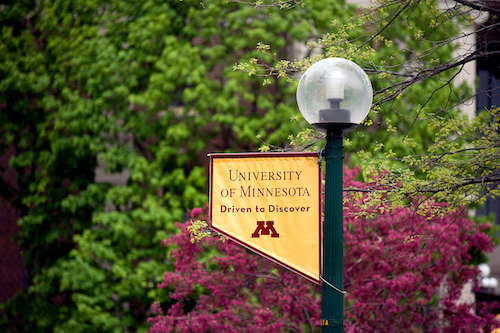
StudyFinder
Brain Mechanisms of Qigong for Neuropathic Pain Relief in Adults with Spinal Cord Injury

Status: Recruiting
The researchers aim to prove that Qigong practice can result in reduced or relieved neuropathic pain, improved mood, life satisfaction, self-efficacy, enjoyment to move, and community integration; and decreased fear of movement, use of medication or health care services for adults with spinal cord injury.
Age: 18 years and over
Healthy Volunteers:
Inclusion Criteria:
• 18 to 75 years old
• spinal cord injury (SCI) at least 3 months ago
• medically stable with paraplegia (T1 and below) or tetraplegia (C4 and below)
• highest level of below-level SCI-related neuropathic pain >3 on the numeric pain rating scale.
Exclusion Criteria:
• unable to have a MRI (stabilizing hardware is typically MRI safe)
• uncontrolled seizure disorder; cognitive impairment and/or communicative disability (e.g., due to brain injury) that prevent the participant from following directions or from learning
• ventilator dependent
• pregnant or plans to become pregnant during study
• inability to perform kinesthetic imagery
Interventions:
Behavioral: Qigong
Conditions:
Brain & Nervous System
Keywords:
SCI, Spinal Cord Injury
Contact(s): Ann Van de Winckel - avandewi@umn.edu
Principal Investigator: Ann Van de Winckel
Phase: NA
IRB Number: STUDY00011997
System ID: 32582
See this study on ClinicalTrials.gov